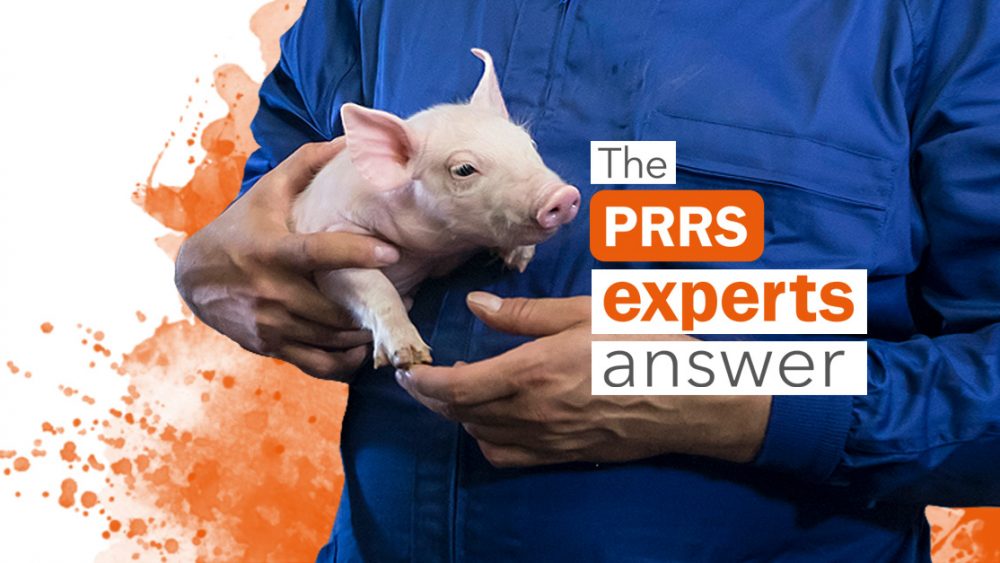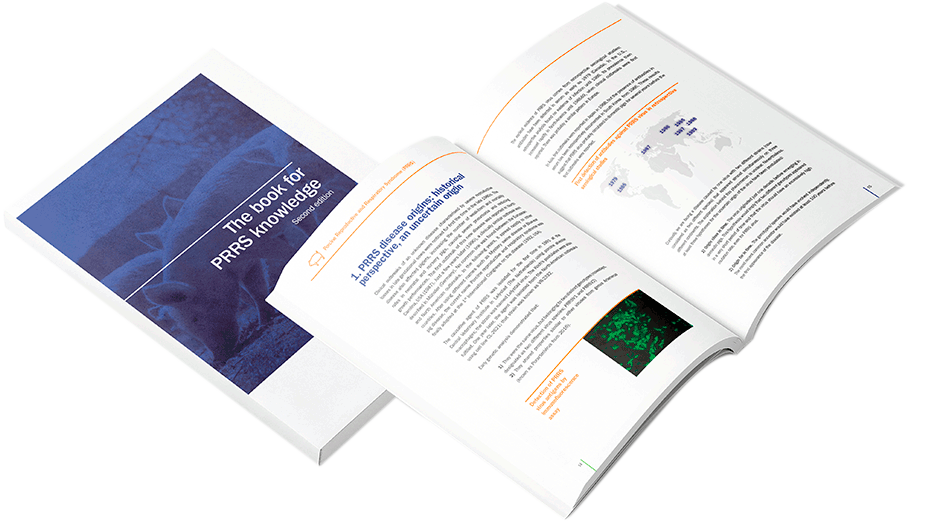Currently we apply a live vaccine 15 days post farrowing and an inactivated (dead) vaccine in late gestation. I would like your opinion on my current vaccination schedule. Also to know your thoughts whether it would be better a blanket vaccination or my actual vaccination programme.
There are many vaccination programs in the field that seem to work when looking for farm stability. However, based on the scientific data we have today we know that live attenuated vaccines are able to reduce (more or less) clinical signs, but above all reduce viral excretion (although not to the level of an Aujeszky’s vaccine).
Based on this information, what makes better sense is to vaccine all the herd the same day, so chances of having “holes” in the immune status of the herd are reduced and therefore infection should be better controlled. Administering an additional dead vaccine will increase circulating antibodies -detectable by ELISA- and neutralizing antibodies in sows, but the role those play in controlling the disease is not entirely clear.
Some people would apply this vaccination plan with the aim of improving protection of suckling piglets, but the best protection that can be given to them is to prevent the production of viraemic piglets at birth; and this will only be achieved through sow herd stabilisation.
Hence, the trend in vaccine programs in breeding sows are those based on the vaccination of the whole herd 3-4 times/year with live attenuated vaccines, together with vaccination of the replacement animals with the same type of vaccines.
You can ask your own question! Visit Pig333.com and submit your question to our experts.

Marcovetgrup S.L. – Spain




